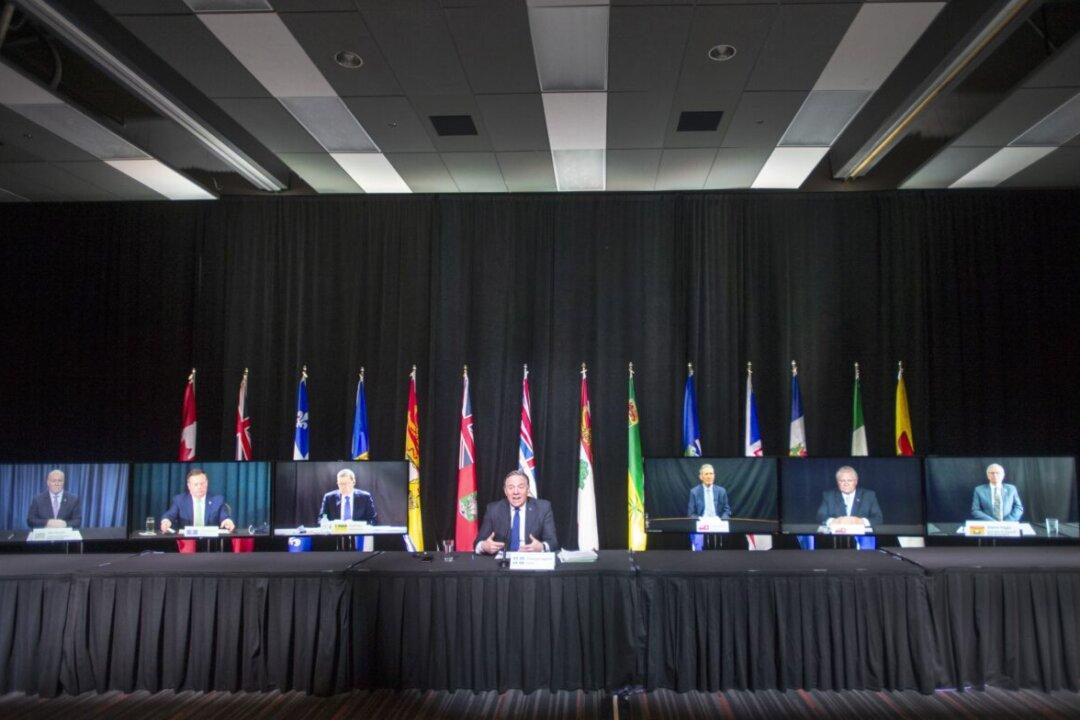Canada could boost its economy by $200 billion a year if it removes internal trade barriers and considers adopting mutual recognition policies, says a recent study by think tank Macdonald-Laurier Institute (MLI).
The report, titled “Liberalizing Internal Trade Through Mutual Recognition: A Legal and Economic Analysis,” argues that Canada’s economy has been losing billions of dollars of productivity every year due to a “web of rules, regulations, and restrictions between provinces.”





